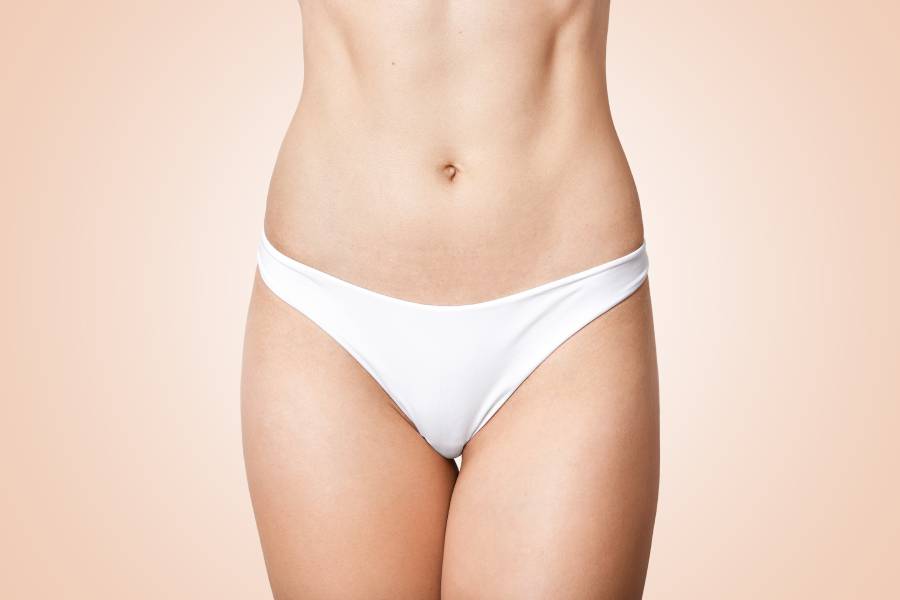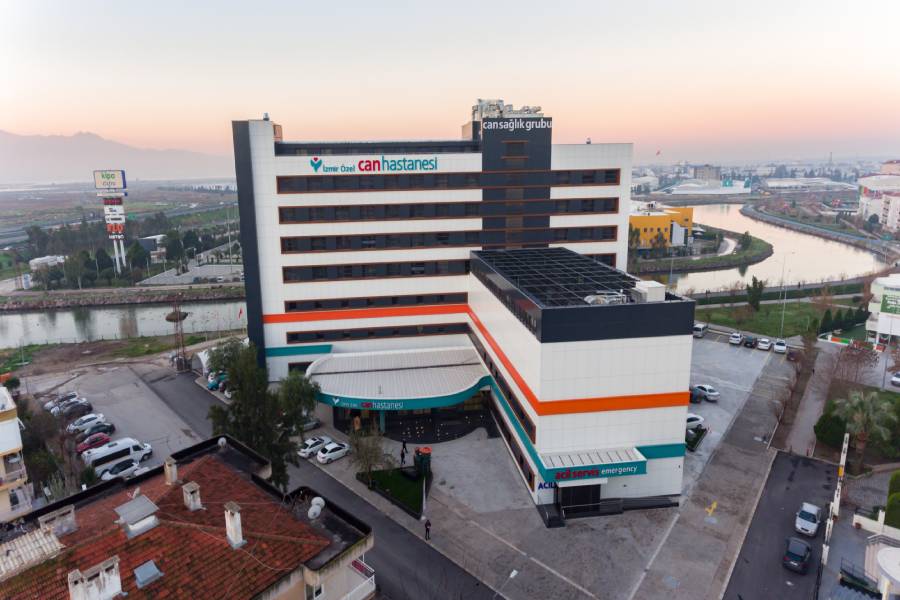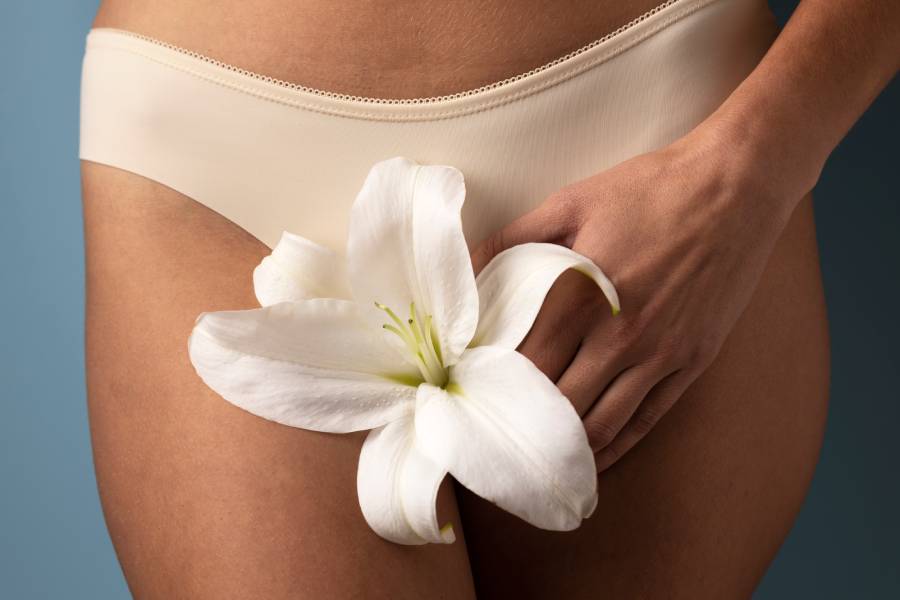In which cases is labiaplasty necessary?
Categorised in: HEALTH GUIDE
Published Date:

Labiaplasty, a procedure that has recently garnered significant attention, involves the surgical reduction of the labia minora. This operation, also referred to as labial reduction or vaginal surgery, is sought by some for aesthetic purposes. However, there exist scenarios where this intervention is deemed medically imperative. Labial hypertrophy, a condition characterised by the enlargement or elongation of the labia minora, can precipitate both physical discomfort and emotional distress. When the labia minora protrude beyond the labia majora, it may induce irritation, chafing, and pain during various physical activities or sexual intercourse. In such instances, labiaplasty is often advised to mitigate these symptoms and enhance the individual’s quality of life.
Furthermore, labiaplasty may be deemed necessary for women experiencing psychological distress stemming from their labia’s appearance. The self-consciousness regarding the size or shape of the labia can significantly erode self-esteem and sexual confidence. For these individuals, undergoing labial reduction surgery can offer a profound sense of relief and contribute to their overall well-being. It is crucial to acknowledge that the decision to undergo labiaplasty must be made with utmost care and after thorough consultation with a qualified healthcare professional. They are equipped to evaluate individual circumstances and ascertain whether the procedure is medically necessary or if alternative solutions might be more fitting.
Labiaplasty: What Is It and Why Is It Performed?
Labiaplasty, a surgical intervention, is aimed at the reshaping and diminution of the labia minora, the innermost vaginal folds. This procedure, a form of vaginal rejuvenation, seeks to rectify both functional and cosmetic issues associated with labial hypertrophy or asymmetry. Women elect for labiaplasty for diverse reasons. Physical discomfort, often stemming from labial hypertrophy, can manifest as irritation, chafing, and pain during physical exertion, sexual intercourse, or when donning tight attire. By reshaping the labia, this procedure can mitigate such discomforts, thereby enhancing overall bodily comfort.
Aesthetic motivations also propel the decision to undergo labiaplasty. Some individuals harbour concerns regarding the appearance of their labia, particularly if they are irregularly shaped or protrude excessively beyond the outer labia. Such concerns can significantly affect self-esteem and confidence, both in intimate contexts and in daily interactions. The labiaplasty procedure can thus contribute to a more symmetrical and aesthetically pleasing genital configuration.
Furthermore, labiaplasty may be considered as part of gender confirmation surgery for transgender individuals. It aids in achieving the desired genital morphology, thereby enhancing the transition process’s overall outcome.
The choice to undergo labiaplasty is deeply personal and should be deliberated upon with meticulous consideration and professional consultation. A qualified plastic surgeon can evaluate individual requirements, discuss potential outcomes, and determine the most suitable surgical methodology for each case.
Physical Discomfort: When Enlarged Labia Cause Pain and Irritation
Labial hypertrophy often precipitates a spectrum of physical discomforts, significantly impacting daily functioning. The condition, manifesting as enlarged labia, can induce labial irritation, chafing, and pain, especially during physical exertion or when donning tight attire. Such symptoms frequently render routine activities and physical exercises distressing, thereby diminishing overall life quality. The resultant labial pain and irritation can also impede intimate relationships, causing distress during sexual encounters. The persistent friction and abrasion of enlarged labia against clothing or skin can lead to rawness and heightened sensitivity. This condition can severely impede the enjoyment of physical intimacy, sometimes prompting women to abstain from sexual activity altogether.
In scenarios where conservative interventions, such as opting for loose-fitting garments or employing lubricants, prove ineffective in mitigating labial discomfort, surgical intervention may be warranted. Labiaplasty, a surgical procedure, aims to diminish labial size, thereby alleviating irritation, chafing, and pain. By addressing the physical manifestations of labial hypertrophy, labiaplasty facilitates the restoration of comfort and self-assurance in both daily activities and intimate relationships.
Labiaplasty for Aesthetic Concerns: Restoring Confidence and Self-Esteem
The impetus behind opting for cosmetic labiaplasty often lies in aesthetic dissatisfaction, rather than physical discomfort. The perceived imperfection in labial appearance can significantly erode self-confidence and body image. Such concerns may instil anxiety in intimate settings and prompt a reluctance towards certain attire. Aesthetic labiaplasty endeavours to refine and diminish the labia minora, thereby achieving a more harmonious and symmetrical form. This endeavour addresses cosmetic grievances, thereby enhancing a woman’s self-perception and confidence. Many individuals express a heightened sense of bodily comfort and security post-procedure.
It is paramount to underscore that the decision to undergo cosmetic labiaplasty must be autonomously made, unencumbered by external expectations or societal pressures. Acknowledging the diversity in female anatomy, there exists no universally accepted ideal labial form. Nonetheless, for those burdened by distress or embarrassment over their labial dimensions, aesthetic labiaplasty presents a potentially life-altering remedy.
Prospective candidates for cosmetic labiaplasty must engage with a proficient and seasoned surgeon, adept in the procedure. Such a professional will evaluate your specific requirements, discuss your aspirations, and ascertain if labiaplasty aligns with your objectives. Under the guidance of a skilled practitioner, you can attain the desired aesthetic outcomes and reassert confidence in your physical form.
Asymmetrical Labia: Addressing Uneven Labial Tissue
Labial asymmetry, a condition where one labial side appears larger or longer than the other, is a common concern for many women. This disparity not only causes physical discomfort, such as chafing or irritation, but also contributes to emotional distress and heightened self-consciousness. Labiaplasty emerges as a surgical remedy, capable of rectifying this imbalance and achieving a more harmonious appearance.
The procedure for addressing labial asymmetry involves a meticulous removal of excess tissue from the larger labial side. This is done by a proficient surgeon, aiming to achieve symmetry and proportion. The outcome not only enhances the aesthetic appeal of the vulva but also mitigates any physical discomfort stemming from labial unevenness.
Post-labiaplasty, women often experience a significant boost in confidence and self-esteem. They also report enhanced comfort during physical activities and while wearing fitted clothing. By tackling labial asymmetry through labiaplasty, women can regain body confidence and enjoy a more fulfilling life.
Labiaplasty After Childbirth: Reversing the Effects of Vaginal Delivery
Vaginal changes postpartum are ubiquitous, with many experiencing labial stretching or tearing during delivery. Such alterations can precipitate physical discomfort, foster self-consciousness, and diminish overall quality of life. Postpartum labiaplasty emerges as a surgical intervention, aiming to restore the labia’s appearance and functionality, thereby mitigating the aftermath of vaginal delivery. The labia undergoes considerable stretching and tearing during pregnancy and childbirth, potentially resulting in enlarged or asymmetrical labia. This condition can induce pain, irritation, and hinder personal hygiene. The objective of postpartum labiaplasty is to diminish the labia minora’s size, thereby alleviating these symptoms and enhancing comfort.
Moreover, labiaplasty postpartum offers emotional benefits. Many women harbour concerns regarding their labia’s appearance post-vaginal delivery, which can erode self-esteem and intimate relationships. By enhancing the labia’s aesthetic appeal, postpartum labiaplasty can elevate confidence and overall quality of life. Vaginal rejuvenation procedures, including labiaplasty, have gained popularity among women desiring to counteract childbirth’s effects. It is imperative for women contemplating postpartum labiaplasty to engage with a qualified plastic surgeon, adept in these procedures. A proficient surgeon will evaluate individual needs and devise a customised treatment plan to realise the desired outcomes.
Choosing a Qualified Surgeon: The Importance of Expertise in Labiaplasty
The decision to undergo labiaplasty necessitates the selection of a surgeon with unparalleled expertise and experience. Opt for a board-certified plastic surgeon, who has a specialisation in labiaplasty and a history of successful outcomes. This choice is paramount for achieving the desired results and ensuring your safety. Board certification signifies that a plastic surgeon has completed extensive training and passed rigorous examinations. A surgeon specialising in labiaplasty, certified by the Royal College of Surgeons or the British Association of Aesthetic Plastic Surgeons (BAAPS), has achieved the pinnacle of educational, skill, and ethical standards.
Furthermore, the selection of a surgeon with substantial experience in labiaplasty is imperative. An experienced surgeon possesses a profound understanding of female genital anatomy. They are capable of tailoring the procedure to meet your specific needs and goals. Additionally, they excel in minimising complications and ensuring a seamless recovery process. When assessing potential surgeons, scrutinise their before-and-after photo galleries to evaluate the quality and consistency of their work. Patient testimonials and reviews offer invaluable insights into a surgeon’s interpersonal skills, communication abilities, and overall patient satisfaction.
In conclusion, the selection of a qualified and experienced labiaplasty surgeon is fundamental to achieving the desired outcomes while prioritising your health and well-being. Invest time in researching your options and select a board-certified plastic surgeon with a specialisation in labiaplasty to guarantee the best possible outcome.
Recovery and Results: What to Expect After Labiaplasty Surgery
Post-labiaplasty surgery, the recovery phase necessitates diligent adherence to postoperative care protocols for optimal healing. Initially, discomfort, swelling, and bruising are common, gradually resolving over a few weeks. To alleviate pain and expedite recovery, surgeons may prescribe analgesics and recommend the application of ice packs to the surgical area. Engagement in strenuous activities and sexual intercourse is discouraged for several weeks to facilitate proper tissue healing. Opting for loose, comfortable attire and utilising soft, absorbent pads can mitigate irritation during the recovery phase. Regular consultations with the surgeon are imperative to monitor healing and address any emerging concerns.
As swelling diminishes and incisions heal, patients begin to observe the final aesthetic outcomes of labiaplasty. Most report enhanced physical comfort, self-esteem, and sexual gratification post-procedure. The labia’s symmetry, proportion, and aesthetic appeal are notably improved. Although some scarring may occur, it is typically minimal and camouflaged within the natural contours of the labia.
It is crucial to acknowledge that individual variations in recovery and outcomes are influenced by the extent of surgery and personal healing dynamics. Maintaining open dialogue with the surgeon throughout the recovery journey is essential for achieving a successful and satisfactory outcome.
Related Posts

Why British Citizens Choose Turkey for Health Services?
British citizens are increasingly opting for Turkey when seeking medical treatments due to a combination of superior healthcare services, affordability, […]

Psychological Effects of Genital Aesthetics on Body Image
In a society increasingly focused on physical perfection, the realm of genital aesthetics has surfaced as an area of both […]

Common Concerns About Genital Plastic Surgery
Genital plastic surgery, a burgeoning field within the realm of cosmetic enhancements, has witnessed a notable surge in popularity. Procedures […]

Healthy Recovery Process After Genital Aesthetic Surgery
Day Things To Do Things to Avoid 1-7 Days – Bed rest – Using medications recommended by the doctor – […]

When can i eat ice cream after gastric sleeve?
The allure of sweet treats post-gastric sleeve surgery is a common query. It is imperative to exercise patience as your […]